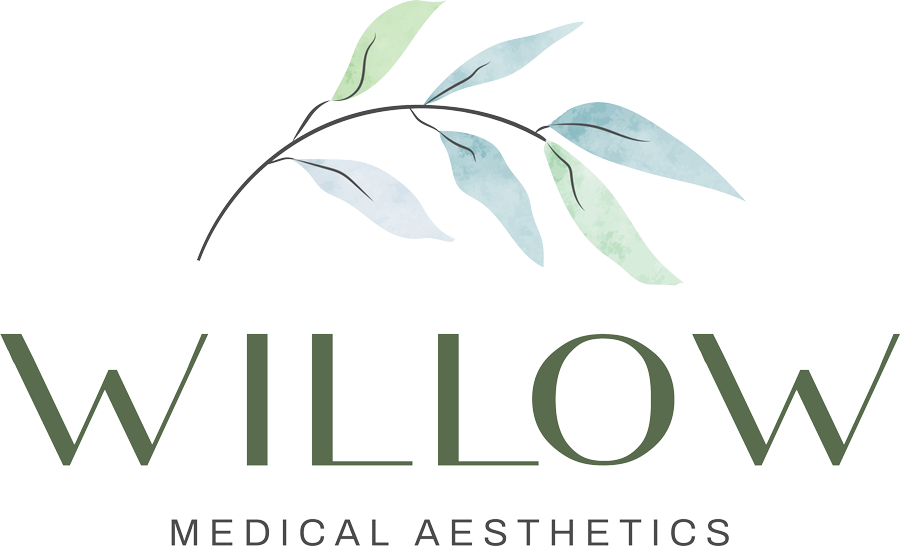In the realm of cosmetic procedures, few treatments have gained as much popularity and controversy as Botox. Often associated with achieving smoother, younger-looking skin, Botox injections have become a household name in the pursuit of beauty enhancement. However, beyond its cosmetic allure, there lies a fascinating science behind Botox and its multifaceted effects on the human body.
Unveiling the Mystery of Botox
Botox, short for botulinum toxin, originates from the bacterium Clostridium botulinum. While the word “toxin” may evoke fear, Botox, when used in controlled and regulated doses, offers a range of therapeutic benefits, particularly in the field of medicine and cosmetics.
How Does Botox Work?
The mechanism of Botox revolves around its ability to temporarily paralyze or weaken muscles by blocking signals from the nerves to the muscles. But why would one want to paralyze muscles voluntarily? The answer lies in its applications and the conditions it can effectively treat.
Medical Applications
Beyond its cosmetic applications, Botox has found extensive use in various medical conditions, including:
- Muscle Spasms and Movement Disorders: Botox injections are commonly employed to treat muscle spasms, such as cervical dystonia (a painful condition causing neck muscle contractions) and blepharospasm (involuntary eyelid twitching). By targeting specific muscles responsible for these spasms, Botox can provide relief and improve quality of life for individuals affected by these conditions.
- Chronic Migraines: For those enduring the debilitating effects of chronic migraines, Botox offers a ray of hope. Administered in specific areas around the head and neck, Botox injections can reduce the frequency and severity of migraines by relaxing muscles and blocking pain signals.
- Overactive Bladder: Botox injections into the bladder muscle can help alleviate symptoms of overactive bladder, such as frequent urination and urinary incontinence. By calming the hyperactive muscles, Botox can restore bladder function and provide relief to individuals suffering from this condition.
Cosmetic Applications
While Botox’s medical applications are undeniably remarkable, its cosmetic uses have propelled it into the mainstream spotlight. Here are some of the ways Botox is employed in the realm of aesthetics:
- Wrinkle Reduction: By targeting muscles responsible for facial expressions, Botox can soften dynamic wrinkles, such as crow’s feet, forehead lines, and frown lines. The temporary paralysis of these muscles results in smoother, younger-looking skin, making Botox a popular choice for individuals seeking to combat signs of aging.
- Jawline Contouring: Botox injections in the masseter muscles can help slim the jawline and reduce the appearance of a square jaw. This technique, known as masseter reduction, is favored by those seeking a more refined facial contour without undergoing invasive surgery.
- Excessive Sweating (Hyperhidrosis): For individuals plagued by excessive sweating, particularly in the underarms, palms, or soles of the feet, Botox offers an effective solution. By blocking the nerve signals that stimulate sweat glands, Botox can significantly reduce sweat production and alleviate the discomfort associated with hyperhidrosis.
Conclusion: Beyond Beauty
While Botox is often synonymous with beauty enhancement, its impact extends far beyond the realm of aesthetics. From alleviating medical conditions to restoring confidence and improving quality of life, Botox continues to revolutionize the way we approach healthcare and self-care.
As with any medical procedure, it’s crucial to consult with a qualified healthcare professional to determine whether Botox is the right option for you. By understanding the science behind Botox and its diverse applications, we can appreciate its transformative potential in both medicine and aesthetics. Visit us at Willow Medical Aesthetics for your Botox/Neurotoxin consultation today!


